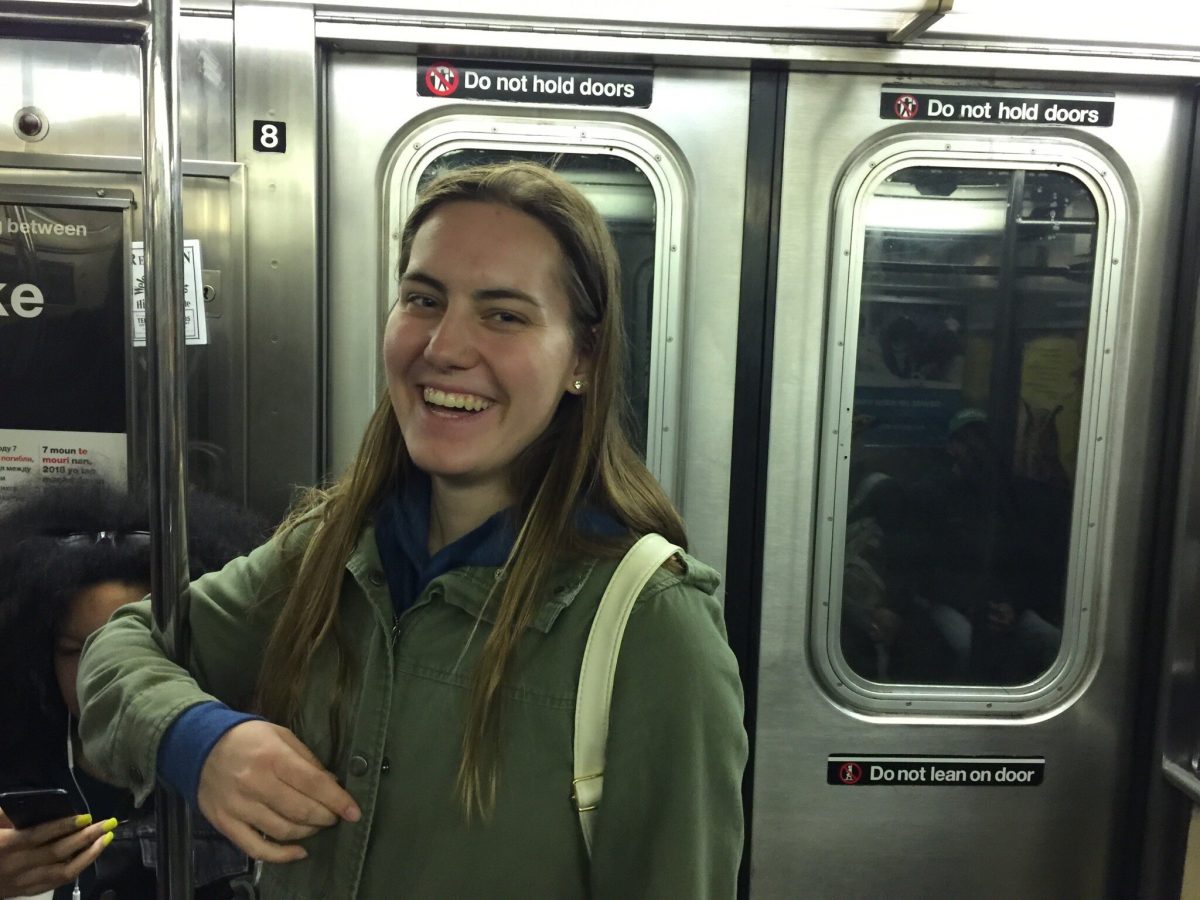Photo Courtesy of Ingrid Anderson
The university’s transition from in-person to online classes has undoubtedly been tough for the Hofstra community, with difficulties with Zoom and regaining focus at the forefront of students’ minds. Students from the West Coast, in particular, have been tremendously affected by the change as they grapple with navigating moving back across the country, along with the three-hour time difference between home and campus.
“When Hofstra notified students that classes would be canceled for the week before spring break, I was able to switch my flight and go home to Las Vegas earlier than planned,” said Abby Briggs, a sophomore community health major. “But Hofstra did not let us know about what would be happening after spring break, so I threw some clothes into a suitcase and left my dorm, assuming that I would be returning.”
Many students were in the same boat as Briggs. Students from the South, the Midwest and the West Coast were put in the position of having to purchase another set of plane tickets to retrieve the rest of their belongings from their dorms in the past couple of weeks.
“I spent those two weeks constantly checking my email for updates and feeling frustrated even with new emails from Hofstra because they continued to leave us in limbo. Would we be online until the start of April? For the rest of the semester? What’s happening with my on-campus employment? Am I getting a refund on my housing and meal plan? How do I move out of my dorm?” she wondered.
Students, faculty and parents alike have been bubbling with uncertainty surrounding these answers as university administrators navigate the fine line between safety and the successful operation of Hofstra.
“The closure of non-essential businesses forced Hofstra to do something for residential students and we were notified that they would pay for packing fees for one specific storage company,” Briggs said. “Of course, they didn’t tell us that packing was only $35 and that my family would take on the burden of paying for the cost of shipping necessary materials that I had left behind in my dorm, such as textbooks and storage for everything else until classes resume in the fall.”
The speed of the move took the Hofstra community by surprise and inconvenienced residential students from out of state, who were given little time or support from the Office of Residential Life in checking out of their residence halls quickly.
“Hofstra only gave us about a day and a half to organize moving out of the dorm with this company, which caused considerable anxiety and stress for me personally,” Briggs said.
Although the importance of social distancing and the health of the Hofstra community cannot be denied, the administration’s hastiness in implementing these measures has been the subject of criticism since the order to move out was emailed to students on March 17, effectively shifting all classes online.
“I’m familiar with online learning, but the switch has still been difficult largely because of the time difference. Since I’m on the West Coast, I’m three hours behind New York. On Mondays and Wednesdays, I have 8 a.m. classes, which means that they are at 5 a.m. now,” Briggs said. “For my first day of online classes, I had to wake up at 4:45 a.m. and prepare to take an exam. My 9:35 a.m. classes are now at 6:35 a.m., which is not as bad as 5 a.m., but having it so early still makes it hard to focus,” she said. It is unclear whether academic administrators have laid out guidelines for professors teaching students across time zones, so leniency for these students is still very much on a professor-by-professor basis.
“Any way you look at it, this is not an optimal learning environment. Granted, this is not an optimal situation, and I understand that professors and administrators are handling a lot as information about the virus progresses and changes each day, but their job is to help us students. It should have been considered that a significant portion of the student body is not on the same time schedule. I can’t even imagine how difficult it must be for some international students,” Briggs continued.
Hofstra’s student body is comprised of students from nearly 70 countries, many of whom are in Asia and lack an internet connection sufficient enough to handle video conferencing. Even within the United States, Hawaiian students are six hours behind Eastern Standard Time.
“A lot of things could have been handled better. We should have been notified about classes switching to online sooner so that people, especially out-of-state and international students, could [have] planned accordingly. Professors should have had to reach out to us sooner than the weekend before classes started. Residence Life should have coordinated moving out plans as soon as it was decided that classes would be online for the rest of the semester,” Briggs said. “With Hofstra’s high price tag, we deserve better treatment.”







